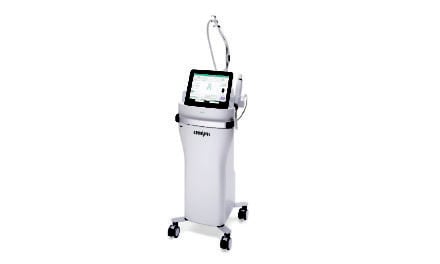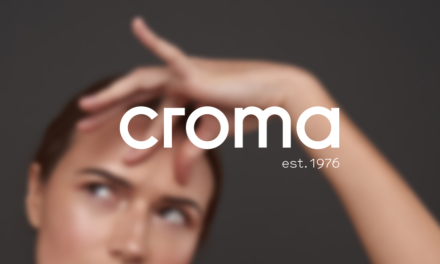Although the skin has multiple functions, its primary one is the interface between the xerotic terrestrial environment to protect the human aqueous endogenous environment. The stratum corneum permeability (SCP) barrier resides in the lipid mortar, which consists of cholesterol, 11 ceramides and at least four fatty acids, one of which must be linoleic acid. Additionally, the corneocyte ‘bricks’ are 97% filaggrin protein. Any damage to SCP will induce a reactive inflammatory response.
Seasonal climatic change greatly influences epidermal and stratum corneum structure and function. Significantly increased humidity not only reduces existing barrier function but also increases pH, which down-regulates repair of SCP. Ultraviolet light and temperature increase also reduce SCP. Cold reduces ceramide and free fatty acid synthesis and sebum production, thereby reducing SCP. Yet, these environmental factors activate SCP proliferation. Significantly reduced humidity is known to upregulate DNA synthesis and total lipid synthesis, especially ceramide, thereby strengthening SCP. Proinflammatory IL-and neuropeptide releasing nerve growth factor are also upregulated. Therefore, how each patient’s skin manifests clinically results from varying degrees of impact of each of these environmental factors.
When treating these conditions, remember that occlusion increases pH, thereby delaying repair of SCP. Increased hydration due to moisturiser application does not always correlate with healthy skin since SCP function is diminished with excess hydration. The damaged SCP with a deficient ability to repair itself coupled with chronic inflammation are the two foundational aetiologies for 11 common skin diseases, in addition to photoageing.
Healthy skin requires an optimised SCP and epidermal structure and function. SCP is most effectively repaired with a formulation containing a molar ratio of 3 cholesterol: 1 ceramide: 1 free fatty acid (50% of this fraction must be linoleic acid). This formulation was more than twice as effective in normalising SCP as measured by transepidermal water loss via evaporimeter than 100% petrolatum by 45 minutes after complete SCP removal than application of these lipid products. Optimum SCP was achieved 17 times faster than if the skin was air dried with no post treatment product. Acylceramide 2.5: cholesterol 1: linoleic 0.5 was also very effective in optimising SCP. These products were also proven to have the most superior moisturiser function.
Other lipids produced that improved SCP include petrolatum, glycerin, mineral oil, beeswax, niacinamide, and specific herbal extracts including avocado, safflower, flax, coconut, mallow, and castor along with 22 others. The most effective topically applied anti-inflammatory herbal extracts include date, mountain rose, apple, flax, meadowfoam, white willow bark, raspberry, licorice, turmeric, white water lily, achiote, shiitake, and charentais melon. About 200 other herbs are reported to have anti-inflammatory function.
In conclusion, topical products containing at least one active blend from the SCP repairing ingredients and one or more from the anti-inflammatory group would be expected to effectively control seasonal skin abnormalities.






